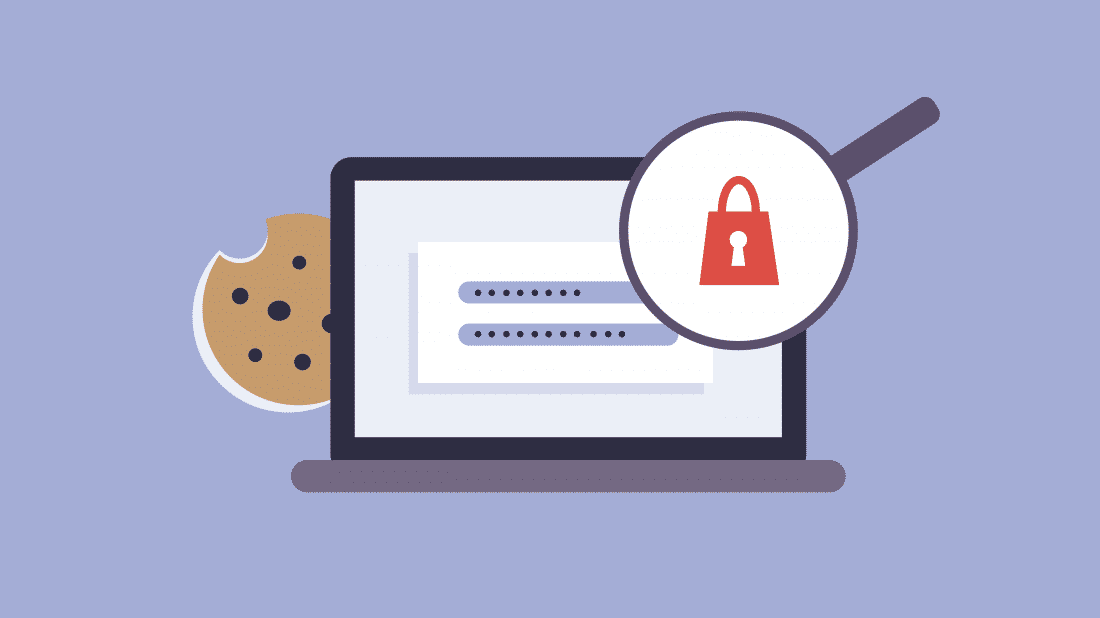
What to know about cookies
(no, not the edible kind)
If you’ve been on the internet at all these past few years you’ve probably seen the alert that appears at the bottom of your screen asking about allowing cookies on your computer, to which you immediately hit “accept all,” so you can get on with what you’re really there for. But what exactly is a cookie? What did you just agree to? Today more than ever before we as consumers have the power to decide when we put our hand in the cookie jar.
What are cookies?
Websites will store a cookie on a visitor’s computer when they visit that site. This can be considered the user’s “ID card” that a website can use when the person returns to the site.
Why use cookies?
There are a few reasons a website uses cookies:
- Cookies can help make a user’s experience better by making the site faster and easier to use. For example, they can allow users to add things to shopping carts and remember for return visits.
- Websites use cookies to save time and make the experience more personal by allowing demographic data to be accessed. For example, a website could use these cookies to find that most of their users are 18-26, allowing them to create, stock, and advertise in ways to appeal to that audience.
- Cookies are used to collect a user’s internet habits, which can be used for marketing efforts such as targeted and display ads.
Types of cookies
There are a few ways to define what certain cookies do and how to categorize them, but there are two types everyone should know:
- 1st party cookies: These are cookies stored directly from the website that you’re visiting. They are used by the website to help improve user experience and help with website functionality (like adding to a cart).
- 3rd party cookies: These are cookies stored by a 3rd party source. They are commonly used by ad tech agencies to provide ads that display as you browse the web. They can also be used for other functions, like chat widgets, to store prior experience data.
What can YOU do?
This is a big question that doesn’t have a simple answer. With legislation such as the California Consumer Privacy Act (CCPA) and General Data Protection Regulation (GDPR) now being passed, privacy and data are top of mind.
As a nonprofit, there are a few things you can do to ensure you’re taking the steps needed to be transparent and ahead of the curve. *This is not legal advice, these are just suggestions from an Ad Tech Specialist.
- Have a cookie consent banner on your website. This can be as simple as a warning that you’re using cookies or allowing the user to accept or reject certain cookies. This allows the user to feel in control of the data that is being collected and allows for a better relationship between you and your clients.
- Understand what you’re tracking and where it is going. We know that nonprofits oftentimes represent causes that may require more privacy and anonymity. If this is the case, you can use more 1st party cookies that allow you to collect certain info without having to share it. You can also use UTMs (urchin tracking modules) to help track source info to make sure you are able to collect attribution data without storing cookies.
These are just a few of the many things that you can do to help ensure that you are using and managing cookies correctly. Don’t be afraid to work out a plan with your web developer, marketing department, and team to ensure that you’re aware of how user data is being treated.
Looking for a team to help you get started? Contact us today to learn more!